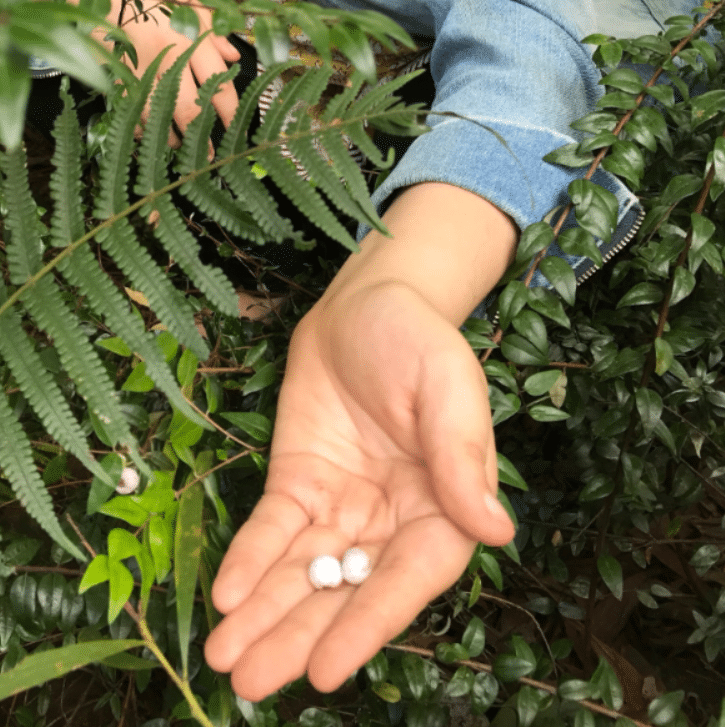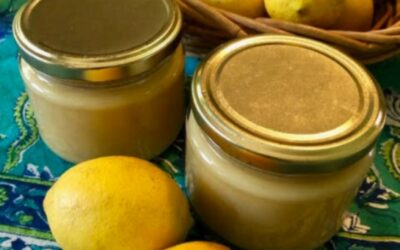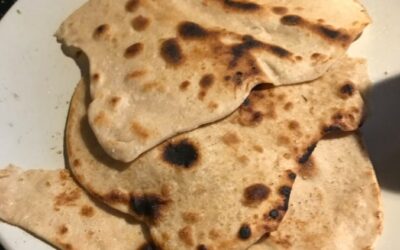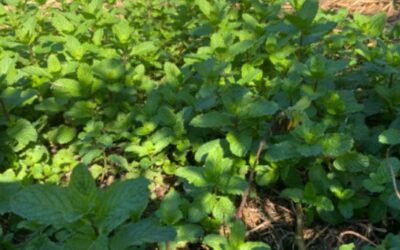
Aboriginal people have occupied the Australian continent for over 60,000 (some say 120,000) years – over this long period of time they have found ways of surviving by using their extensive knowledge of the environment and their use of native plants.
Their knowledge of native plants goes far beyond what is edible and extends to using plants for healing and medicine.
Their survival depended on their understanding of the seasons and the life cycle of the plants and animals.
It is thought that there are approximately 5000 different bush tucker species native to Australia.
Wow – imagine growing bush tucker in your own garden… It’s a great way to boost the diversity in your garden, boost pollinators and boost your own diet.
Bush tucker is perfectly suited to our Australian climate – they are easy to grow, have beneficial relationships with other plants and provide rewards beyond the taste buds.
If you don’t live in Australia, research what plants are native and have traditional roots with the land & culture around you.
They require well drained soil, with high levels of organic matter and will tolerate long periods without moisture. Most will tolerate shade, but require sun for the best fruit or seed production.
Integrating these plants into your garden design will provide habitat and forage for native birds, butterflies, native animals and many beneficial insects – but above all they will help increase biodiversity.
You may also contribute to species conservation as some bush tucker plants are threatened or endangered.
There are so many exciting bush tucker plants which include spices like native pepper, vegetables like warrigal greens, fruit like native raspberry and nuts like macadamia.
Learning about local bush tucker foods goes a long way to acknowledging the way indigenous people live and lived in the past.
This understanding promotes respect for the land and respect for the knowledge systems that Aboriginal people hold in relation to these bush foods, their harvest and preparation. At the heart of Aboriginal relationship to plants is a view of the interconnectedness of People, Land and Altyerre (or Dreaming; Jukurrpa in Warlpiri; Tjukurrpa in Pitjantjatjara).
– By Eve Ballard




0 Comments